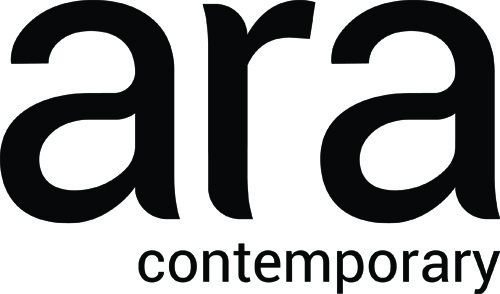Urubingwaru's paintings as if create an extra space outside their square frames, namely their physical presence which is similar to a
gebyok. Gebyok, a Javanese term that refers to a partition wall inside a house, is generally a wide wooden board with decorations or carvings. This form of partition or soundproof wall gives meaning to communal life, separating but also uniting, distancing and mediating, outside and inside. Urubingwaru's painting, which borrows a function of a partition, is not completely finished in the form of a picture. This work is intended to participate in a story about a world where cultural archetypes, historical frameworks, and a call to the universe are intertwined within the universal consciousness. Urubing's painting is a speech wall that creates boundaries and at the same time links worlds, the ones that are here and the ones that are there, the known and the foreign. This is a representation of narrative and speech that makes it not stop in the exhibition space.
The theme of Urubingwaru's paintings is inspired by the magical realism genre in the literary treasury, constructing an artistic world full of imagery. The visual and the literary are interwoven through themes of history, myth and identity. His paintings depicts a distorted world while linking speculative elements, blurring the boundaries between speculation and reality. These conflicting themes come together in a world or
gebyok painting, like the interweaving of science and fiction, the past and the present, belief and doubt.
Represented By:

